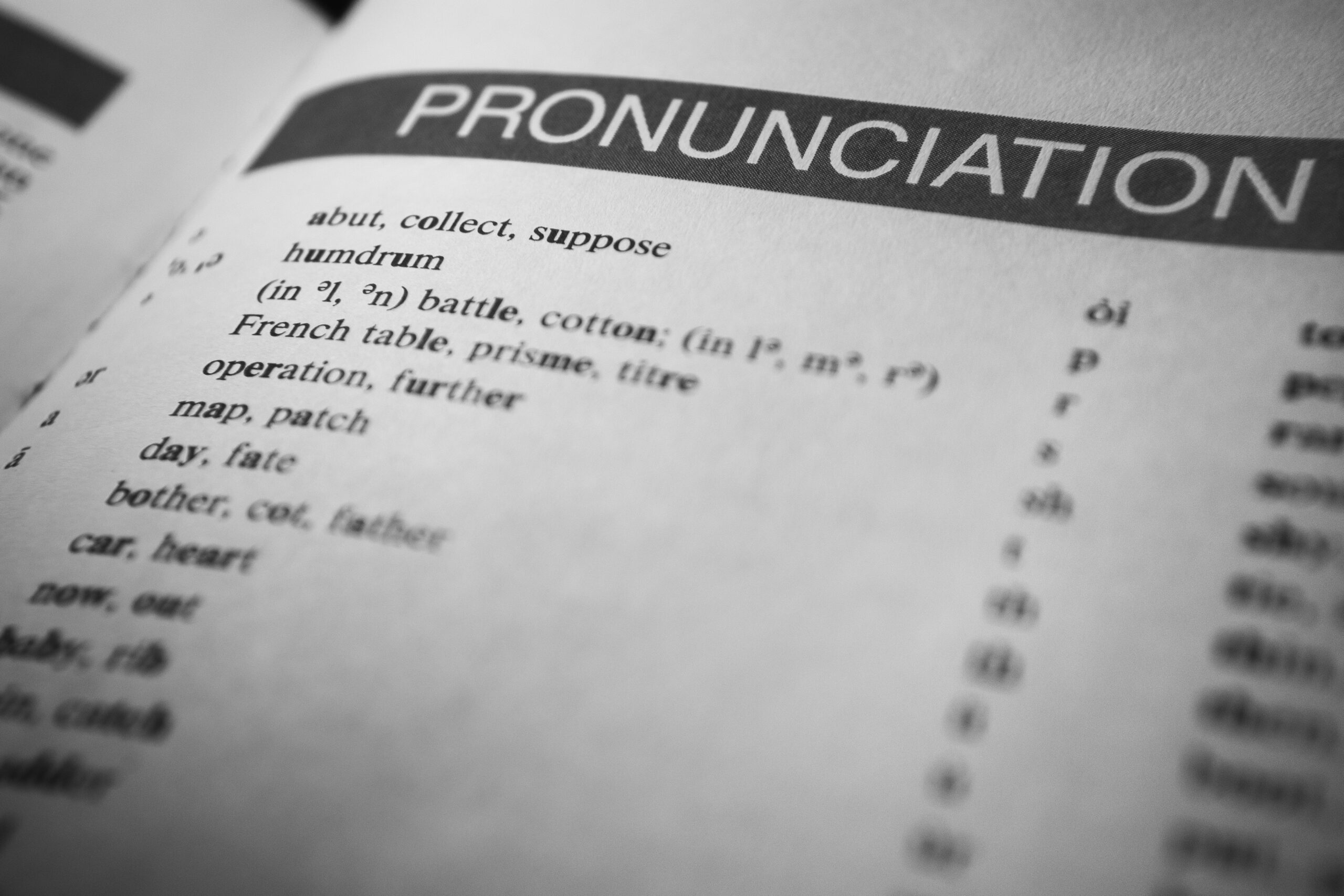The Lana Learn team in Vietnam are identifying common pronunciation errors to improve their students’ speaking abilities.
The Lana Learn English Language Training program instructors in Vietnam focus on speaking and pronunciation. As long-term residents of Vietnam, they have a keen ability of identifying common pronunciation errors specific to Vietnamese students.
There are two major categories of languages, stressed languages and tonal languages. Stressed languages often have multiple syllables in a word and will place more emphasis on one or two syllables. Tonal languages often have monosyllabic words, and each word receives a near-equal level of stress. Therefore, one of the most common problems with English pronunciation for Vietnamese students is the difference in vowel sounds in stressed versus unstressed syllables.
For example, my class has been using the word “surface” in recent lessons. They know how to pronounce the vowel in “face”, so they automatically transfer that same vowel sound into the word “surface.” This means that the word sounds like “sir-face” and less like it should, “sir-fuss.” This becomes confusing to the listener when they use the same stress and vowel pronunciation with a word like, “purpose” because they will say it almost identical to “propose.”
Let me give you a more difficult situation. I will use the following words to demonstrate: photo, photograph, photographic, photography. The word “photo” has two clearly pronounced ‘long O’ sounds similar to “blow” or “toe.” Stress is on the first syllable, “photo.” This is easy for students because they are predisposed to pronouncing every vowel as a strong sound. However, they will usually miss the weak sound of the second syllable in the word “photograph” which sounds like “FOE-tuh-graf” and they will say it with all strong forms like, “FOE–TOE–GRAF.” This becomes a more obvious mistake with the word “photography” because the stress shifts to the second syllable and every single syllable undergoes a vowel change to “fuh-TOH–gruh–fee”. The students will take the strong vowel sounds from all the previous word forms, stress all of them and combine them into a word that sounds like “FOE–TOE-GRAF–EE”.
I have come up with a solution for this problem.
- I write out each of the words in question: photo, photograph, photography.
- I put a phonetic spelling below to show pronunciation and divide the syllables.
E.g., foe-toe, foe-tuh-graf, fuh-toh-gruh-fee - I underline the stressed syllable.
FOE-toe, FOE-toe-graf, fuh-TOH-gruh-fee - I drill the students in each word. I start from the last syllable and build on each previous syllable upon it until the full word is pronounced.
I build up each word, syllable by syllable and drill it multiple times slowly. Then, I will then drill the whole group of words together: photo, photograph, photographic, photography. I have the students try it all together as a group, then I will give them what I call “mumble practice.” This is 1-2 minutes where they will in a quiet voice drill the pronunciation of the target words repeatedly on their own. I then nominate different students to say each word to the entire class for the purpose of checking their practice.
This method of practice gets most stress and vowel variations clear in the minds of most students. The spelling of many similar words in English do not help students properly decode them. The importance of proper pronunciation directly translates into real-world situations where mispronounced words lead to confusion.
